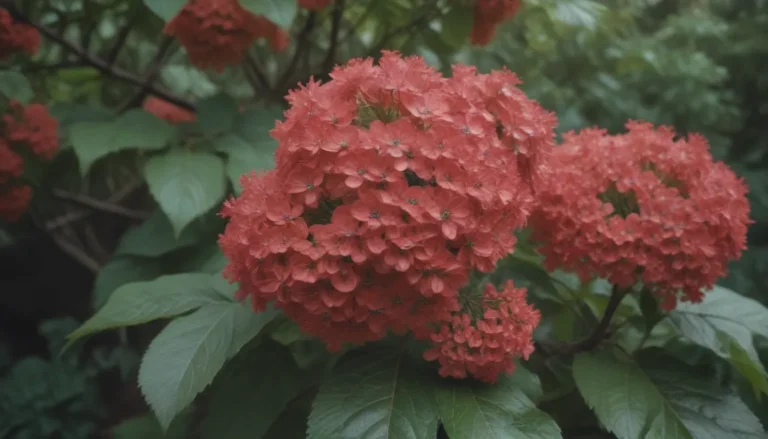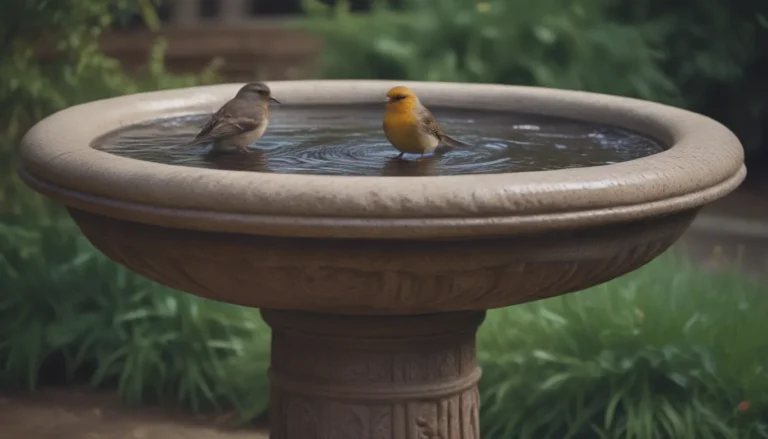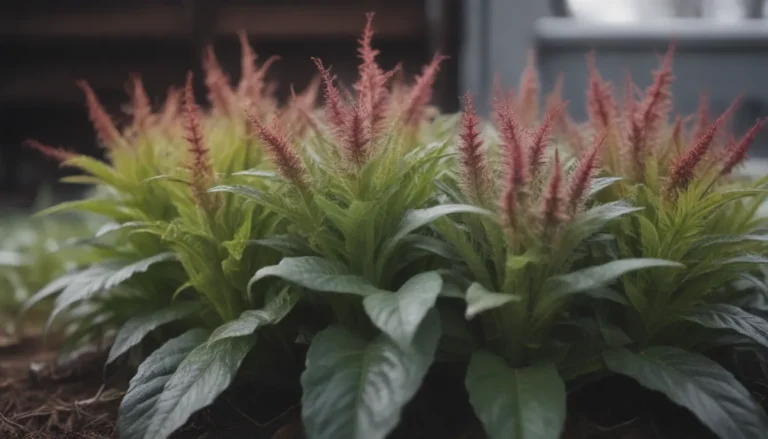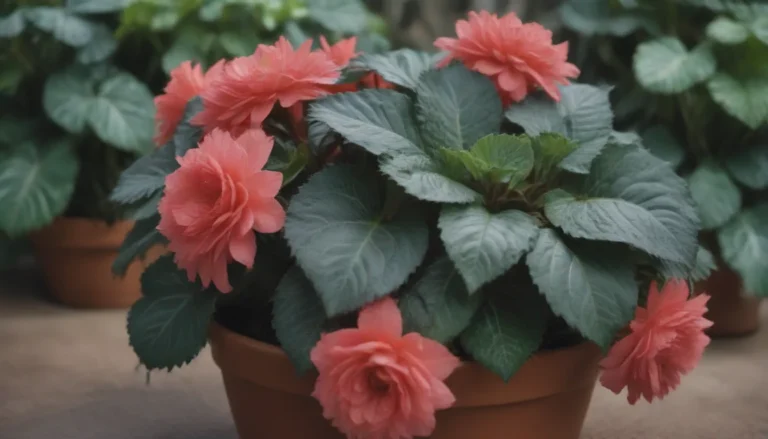11 Trees That Thrive in Shade for Years: A Comprehensive Guide
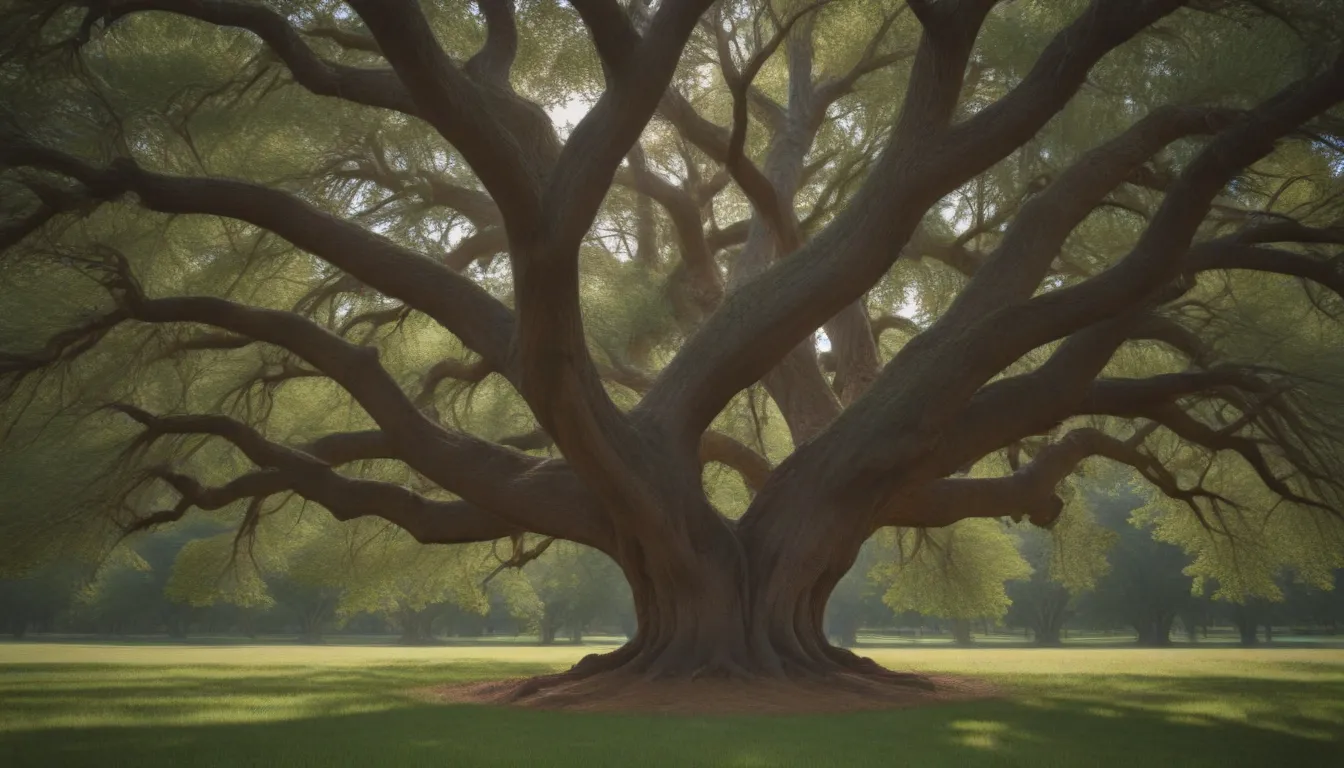
Are you struggling to find the perfect tree for that shady spot in your garden? Don’t worry, we’ve got you covered! While most plants love basking in the sunlight, there are some trees that can thrive in the shade. These trees may not reach their full potential in terms of height or flowering, but they will definitely add beauty and greenery to your shady garden. In this guide, we will explore 11 trees that are well-suited for growing in full shade locations.
The Best Trees for Shade
Here are some of the best trees that can thrive in shady areas:
- American Beech (Fagus grandifolia)
- American Hornbeam (Carpinus caroliniana)
- Big-Leaf Maple (Acer macrophyllum)
- Eastern Hemlock (Tsuga canadensis)
- American Hop-Hornbeam (Ostrya virginiana)
- Common Hoptree (Ptelea trifoliata)
- Japanese Maple (Acer palmatum)
- Japanese Yew (Taxus cuspidata)
- Pagoda Dogwood (Cornus alternifolia)
- Pawpaw (Asimina triloba)
- Sugar Maple (Acer saccharum)
American Beech (Fagus grandifolia)
The American beech is a beautiful tree that produces beech nuts favored by wildlife and humans alike. This tree thrives in full shade and can live for up to 400 years. Its oval pale green leaves darken in summer and turn yellow-brown in autumn, adding a pop of color to your garden.
- USDA Zones:
- Sun Exposure:
- Height:
- Soil Needs:
American Hornbeam (Carpinus caroliniana)
The American hornbeam, also known as ironwood, is a strong and sturdy tree with gray trunk and green catkins. Its orange and red leaves add a touch of warmth to your shady garden, making it a great choice for adding some color and texture.
- USDA Zones:
- Sun Exposure:
- Height:
- Soil Needs:
Big-Leaf Maple (Acer macrophyllum)
As the name suggests, the big-leaf maple has large leaves that can grow up to two feet long. These deeply lobed leaves turn yellow and orange-yellow in autumn, creating a stunning display of colors in your shady garden. This tree thrives in both dark and sunny areas.
- USDA Zones:
- Sun Exposure:
- Height:
- Soil Needs:
Eastern Hemlock (Tsuga canadensis)
The Eastern hemlock is a shade-tolerant evergreen tree with dark green leaves that can handle lower light conditions. Its gray shoots and silver-lined leaves make it a striking addition to your garden. This tree is a great choice for adding some greenery to your shady spot.
- USDA Zones:
- Sun Exposure:
- Height:
- Soil Needs:
American Hop-Hornbeam (Ostrya virginiana)
The American hop-hornbeam is a deciduous tree with conical shape and dark brown bark. Its yellow leaves in autumn and greenish-white fruit clusters add visual interest to your garden. This tree is a great choice for adding some texture and color to your shady spot.
- USDA Zones:
- Sun Exposure:
- Height:
- Soil Needs:
Common Hoptree (Ptelea trifoliata)
The common hoptree is a small deciduous tree with sweet-smelling flowers. While it may produce an unpleasant odor if the foliage or bark is damaged, this tree is a great choice for adding some fragrance to your garden. Its small size makes it perfect for small gardens.
- USDA Zones:
- Sun Exposure:
- Height:
- Soil Needs:
Japanese Maple (Acer palmatum)
Japanese maples are popular ornamental trees that thrive in shady areas. With their striking foliage and bushy head, Japanese maples add a touch of elegance to any garden. These trees come in a variety of colors and leaf shapes, making them a versatile choice for your shady spot.
- USDA Zones:
- Sun Exposure:
- Height:
- Soil Needs:
Japanese Yew (Taxus cuspidata)
The Japanese yew is a shade-tolerant evergreen tree that can thrive in dry and shady conditions. With its spreading habit and dark green foliage, this tree is a great choice for adding some greenery to your garden. Its tolerance to shade makes it a versatile choice for shady spots.
- USDA Zones:
- Sun Exposure:
- Height:
- Soil Needs:
Pagoda Dogwood (Cornus alternifolia)
The pagoda dogwood is a deciduous tree with tiered branches and creamy white flowers. While it prefers more sun for optimal flowering, this tree can still thrive in shady areas. Its blue-black fruits add visual interest to your garden, making it a great choice for adding some color to your shady spot.
- USDA Zones:
- Sun Exposure:
- Height:
- Soil Needs:
Pawpaw (Asimina triloba)
The pawpaw tree produces fruits that taste like bananas and require two plants for pollination. While it may produce a smaller fruit crop in full shade, this tree is a great choice for adding some tropical flavor to your garden. Its oval green leaves and purplish-brown flowers add a touch of color to your shady spot.
- USDA Zones:
- Sun Exposure:
- Height:
- Soil Needs:
Sugar Maple (Acer saccharum)
The sugar maple is best known for its brilliant scarlet foliage in autumn and its sap, which is used to make maple syrup. With its bright green leaves and attractive appearance, the sugar maple is a great choice for adding some color and flavor to your garden. Its tolerance to shade makes it a versatile choice for shady spots.
- USDA Zones:
- Sun Exposure:
- Height:
- Soil Needs:
In conclusion, finding the perfect tree for your shady spot may seem challenging, but with the right information and selection, you can create a beautiful and thriving garden filled with shade-tolerant trees. Whether you prefer evergreen or deciduous trees, there are plenty of options to choose from. So, go ahead and plant some of these shade-loving trees in your garden and watch them flourish for years to come. Happy gardening!
